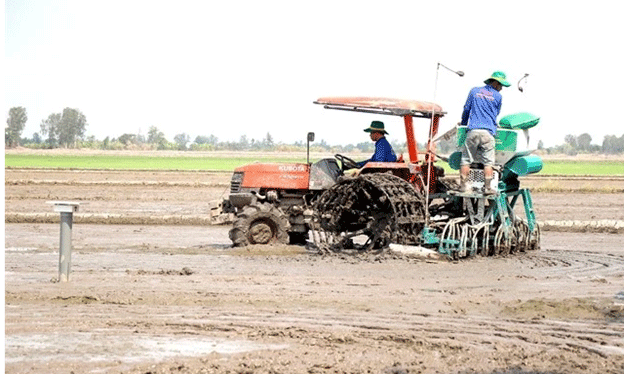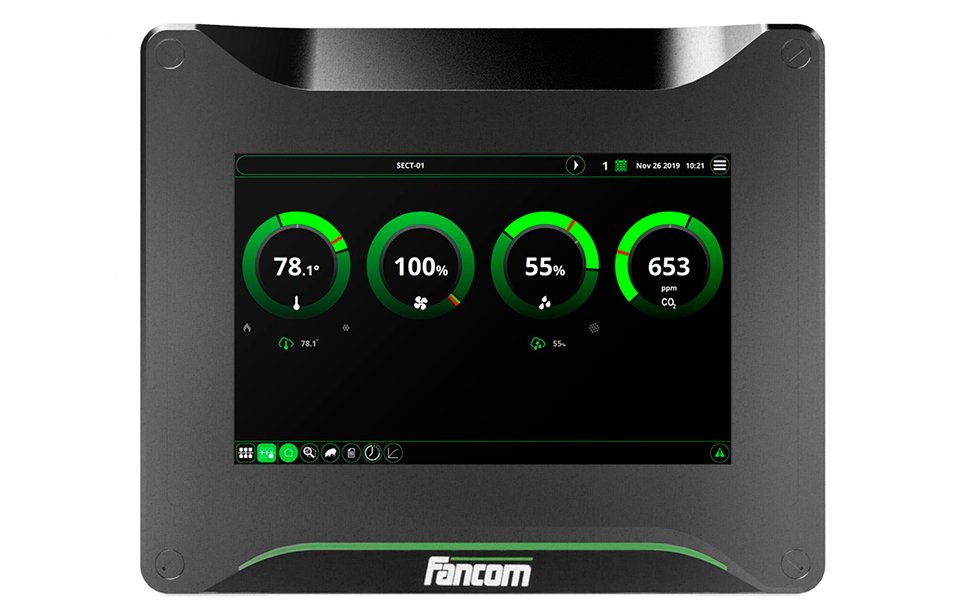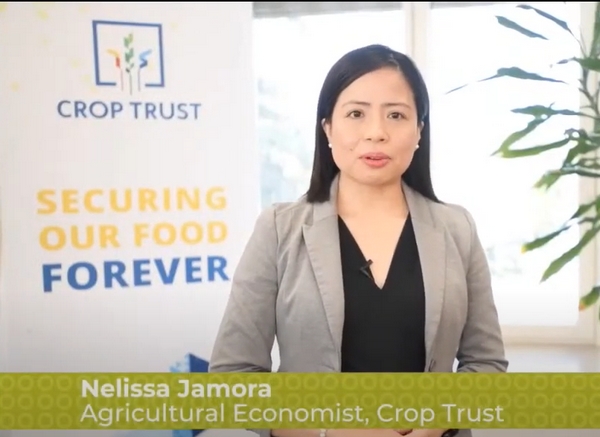Agriculture is vital to Vietnam’s economy, but it also significantly contributes to greenhouse gas (GHG) emissions. In 2020, the sector accounted for 19% of the country’s total emissions, according to the World Bank, ranking second among sectors. Rice cultivation, the backbone of Vietnamese agriculture, is the primary emitter, responsible for 48% of the sector’s emissions, followed by animal husbandry at 15.3%.
At the same time, Vietnam’s agricultural sector is highly vulnerable to climate change, with rising temperatures, unpredictable weather, and flooding in regions like the Mekong Delta posing risks to production and livelihoods.
Policy Initiatives for Green Agriculture
To address these challenges, Vietnam has adopted progressive policies and programs aimed at reducing agricultural emissions:
- Methane Emission Reduction Plan (by 2030): Targets a significant cut in methane emissions from rice cultivation and livestock.
- 1-Million-Hectare Low-Emission Rice Field Project: Focuses on sustainable and high-quality rice farming in the Mekong Delta.
- Sustainable Agriculture and Rural Development Strategy (2021-2030): Encourages organic and circular farming models.
These initiatives emphasize reducing chemical inputs, adopting advanced technologies, and promoting resource efficiency.
Innovations and Collaborative Efforts
At the forum “Building a Sustainable Agriculture Ecosystem Towards the Goal of Net Zero by 2050,” experts highlighted the critical role of collaboration among governments, enterprises, scientists, and farmers.
Key innovations include:
- Circular Agriculture: Using byproducts like rice straw as bio-resources to enhance soil fertility and reduce waste.
- Carbon Credits: Farmers are encouraged to adopt carbon credit models, providing economic incentives for reducing emissions.
- Advanced Farming Techniques: Transitioning to precision agriculture and eco-friendly pest management to meet export market standards.
In Can Tho, though not officially listed in the government’s organic agriculture plan, efforts are underway to develop low-emission farming on 4,000 hectares of rice, 1,300 hectares of fruit, and 150 hectares of vegetables.
Challenges and Opportunities
The shift towards sustainable agriculture faces several challenges:
- Mindset Shifts: Farmers need to adapt to practices that reduce chemical use and embrace eco-friendly technologies.
- Financial Support: Soft loans and subsidies are critical for farmers transitioning to green agriculture.
- Market Alignment: Ensuring compliance with global import standards can enhance competitiveness but requires significant investment in training and technology.
However, the benefits are equally significant:
- Improved resilience to climate impacts.
- Enhanced product quality and market access.
- Additional revenue streams through carbon credit trading.
Vietnam’s commitment to net-zero emissions by 2050 places its agricultural sector at the forefront of climate action. By investing in sustainable practices, promoting innovation, and fostering collaboration, the country not only addresses environmental concerns but also strengthens its agricultural economy. Farmers, policymakers, and industry leaders must continue to work together to turn these ambitious plans into a resilient and profitable reality.










